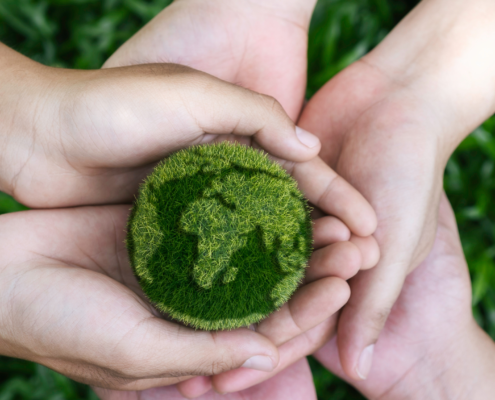Reinventing Christmas: eco-responsible for a sustainable future!
Christmas and greenhouse gas emissions
Every year, the Christmas period brings with it a series of traditions and celebrations which, unfortunately, are often associated with a significant increase in greenhouse gas emissions. Gifts, festive meals, decorations, travelling to visit family – all these things contribute significantly to our carbon footprint. The French Agency for Ecological Transition (ADEME) has revealed that Christmas presents alone account for 57% of greenhouse gas emissions during the festive season. This is equivalent to a considerable amount of CO2 being emitted into the atmosphere, contributing to climate change.
Eco-responsibility, an Ignored Necessity
In France, around 300 million gifts are given each year during the festive season. However, it is alarming to note that fewer than one in five people adopt eco-responsible behaviour during this period. What’s more, just over a third of people recognise the ecological impact of the Christmas festivities. It’s high time we became aware of the consequences of our actions during this period and adopted more environmentally-friendly practices.
The Ecological Impact of Christmas Gifts
To get a better idea of the environmental impact of Christmas, let’s take a look at the most damaging practices during this period:
The gifts :
They have an estimated CO2 impact of 57%. The act of giving gifts can be particularly damaging to the environment because of the production, packaging and transportation of these items.
Getting around :
Every year, many families travel long distances to be with their loved ones during the festive season. On average, these journeys represent 198 kilometres, 94% of which are made by car. The greenhouse gas emissions associated with these journeys are considerable.
Food :
ADEME estimates that 83% of Christmas meals are over-prepared, resulting in considerable food waste. This has a negative impact on the environment, as food production is a major source of greenhouse gas emissions.
The decorations :
Christmas trees and the associated decorations are an essential part of the festive tradition. However, the sale of Christmas trees accounts for 52% of greenhouse gas emissions for the decoration sector. In addition, around 20,000 tonnes of wrapping paper are used, contributing to waste.












